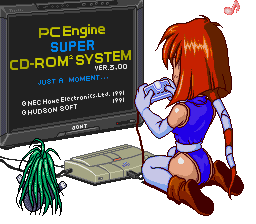Quote from: ccovell on 03/12/2018, 08:24 PMThe above facts that you illustrated with the GIF is sadly the reason that I discovered my RS232/UART monitor PCEmon can't be used with a TurboTap: there's no way to select one of the 5 ports, and then send serial data to it through the output lines.You might actually be able to send data out, it's just not convenient and you could only use the first port on the tap. You're using Output 0 (SEL) for TxD and Input 3 ("L / RUN") for RxD, right?
The rising edge of CLR will always reset SEL1 to a high state. If you keep CLR high instead of lowering it like the documents say - then toggle SEL, SEL1 will toggle but the tap will never advance to the next controller port. So if you program the transmit routine to abuse this it should work.
Getting data in or doing full duplex would be a bigger problem.






](/forums/Smileys/default/eusa_wall.gif)